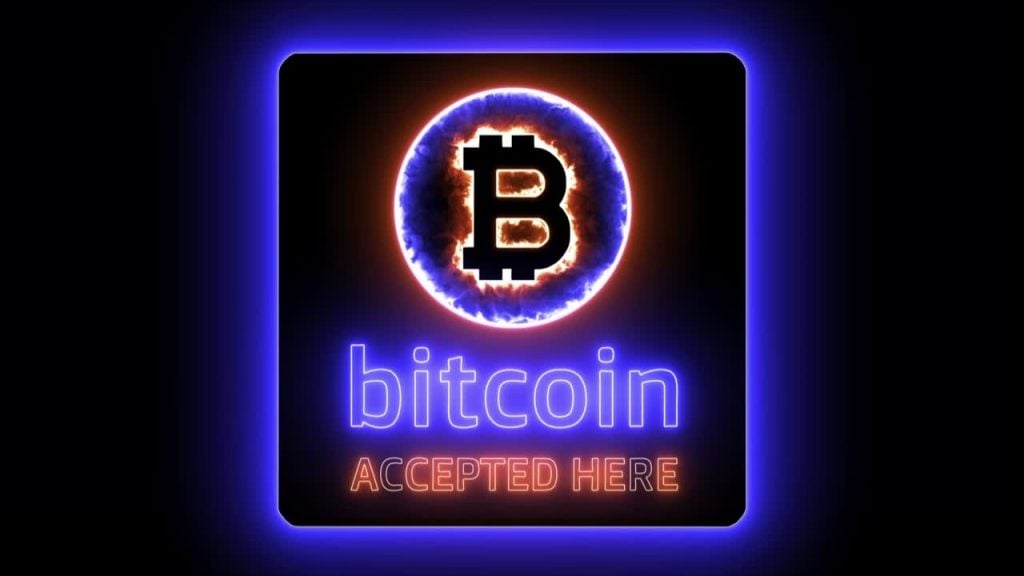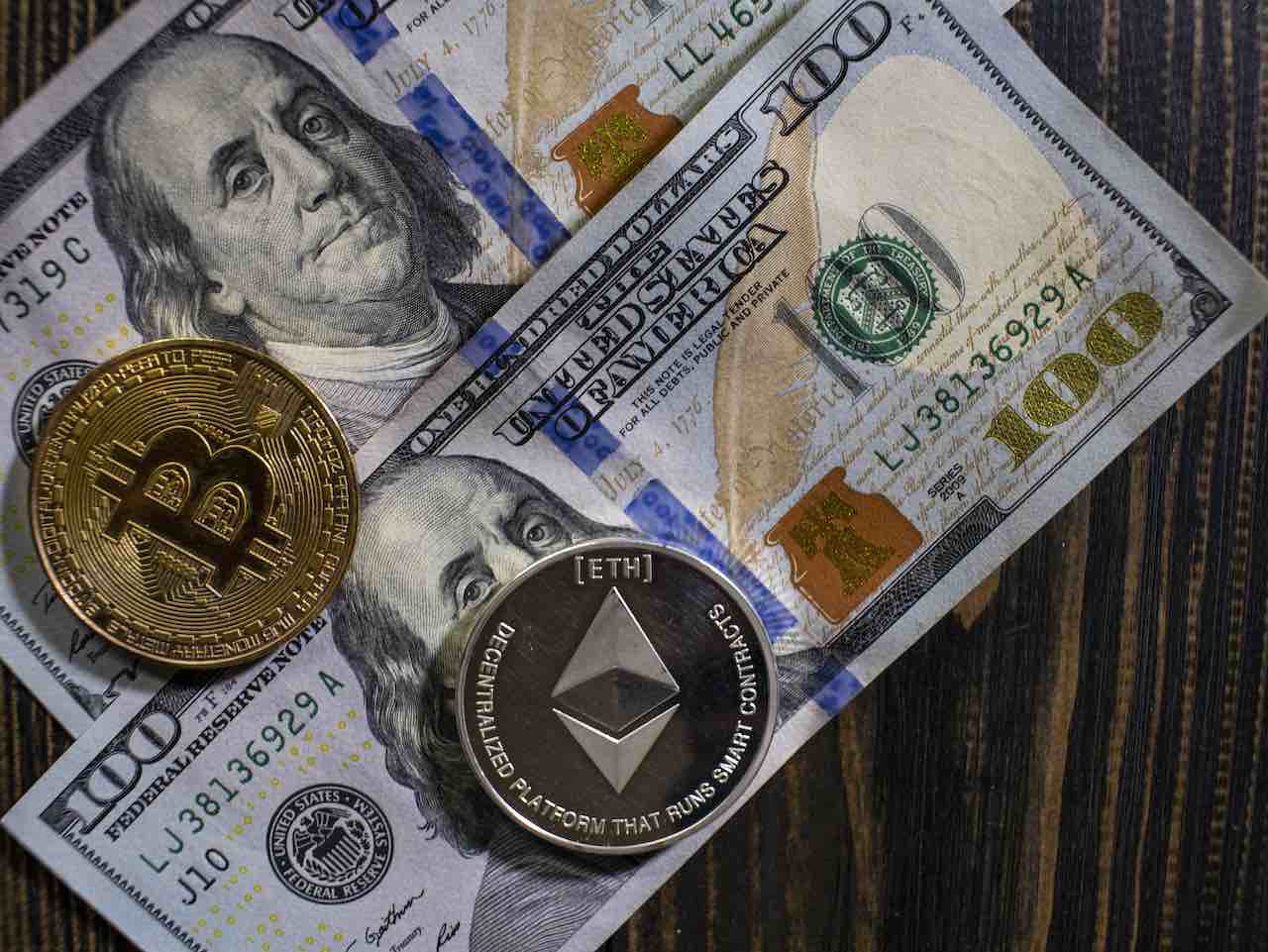Hardly a day goes by without something noteworthy happening in the crypto space. Sometimes the sector is dominated by negative events like it happened in the second half of 2022 when cryptocurrencies suffered a brutal decline as a new crypto winter set in. Other times, the news are of a positive tone, bringing hopes of a bright future for crypto. Although the past few months have proven less eventful than last year’s rollercoaster, there have been some interesting developments in the market, especially for industry leaders, Bitcoin and Ethereum.
Ethereum and Bitcoin are sending mixed signals
Both coins have experienced significant progress since their inception. Bitcoin reached an all-time high of over $68,700 in November 2021, while Ethereum went through several major upgrades aimed at improving the network’s scalability, security and sustainability. It is now possible to buy Ethereum with bank transfer, credit or debit card, and other popular payment methods, making it easier than ever for people to trade or invest in crypto. All in all, the king of crypto and the top altcoin have had a remarkable journey so far.
But when it comes to their more recent evolution, it’s difficult to label Bitcoin and Ethereum performance as positive or negative or make assumptions about their future since their technical indicators have been sending mixed signals lately. So, let’s take a closer look at what’s been happening with the world’s most popular coins over the past few weeks and what this could mean for the crypto market.
Ethereum staking on the rise
In large part, Ethereum has had a positive run since the beginning of the year, recovering much of the value it lost with the onset of the crypto winter. And although the current ETH price is still a far cry from its previous all-time high, there are good signs on the horizon. Following the Shapella or Shanghai upgrade which was completed on April 12, Ethereum staking activity increased considerably, reaching a new record high of 22 million, according to the latest data provided by Glassnode.
Advertisement
Content in this Article
For those who are not up to date with Ethereum’s upgrades, Shanghai represents the final step in the network’s switch from a proof-of-work (PoW) consensus mechanism to a proof-of-stake (PoS) protocol. The transition began in December 2020 with the launching of the proof-of-stake Beacon Chain which operated in parallel with Ethereum’s original layer until the Merge took place in September 2022. That’s when the PoS chain fused with the PoS Beacon Chain, changing the way transactions are verified and validated on the Ethereum network.
However, the new consensus mechanism required users to use a certain number of coins as collateral – a process referred to as staking – in order to activate validator software. All the coins staked since 2020 remained locked in users’ accounts until the Shanghai upgrade was finalized, enabling the withdrawal functionality.
As expected, a large number of users rushed to withdraw their staked Ether and their activity prompted an appreciation in coin value, causing Ethereum to briefly top the $2,000 threshold, while also increasing market liquidity. What’s more, with the value of staked ETH surging, so did the number of actively staked coins. Based on the latest data, staked ETH made up almost 17% of the total Ethereum supply.
Unfortunately, the price increase triggered by the implementation of withdrawals didn’t last long and Ethereum plummeted under the $2,000 mark shortly after. But the fact remains that staking activity continues to rise, indicating investor confidence and a certain level of stability in the market which lays the ground for future growth.

Bitcoin experienced spike in active addresses
Now let’s have a look at what’s been happening on the Bitcoin front lately. So far, 2023 has been a good year for Bitcoin, especially compared to last year’s performance, given that the king of crypto gained more than 80% in value in recent months, and even pushed above $30,000 in April.
Another notable development relates to the number of active addresses in the Bitcoin network which experienced a remarkable surge lately, breaking above the levels registered in 2021 when Bitcoin’s value was at an all-time high. According to CryptoQuant, there are nearly 1 million active addresses on the network at the moment, although the figure is constantly fluctuating based on various factors in the market. The increase in active addresses is accompanied by a drop in the Net Unrealized Profit/Loss (NUPL). This phenomenon usually occurs in the months preceding a bull run, indicating that the market might be on the brink of recovery.
But let’s see what price trends hint at as well. In Ethereum’s case, the Relative Strength Index (RSI) reveals that the price remained below the neutral line for the past month, signaling a bearish trend, despite short-lived increases. As for Bitcoin, its value also declined slightly last month, despite starting the year on the right foot. Therefore, the technical patterns for both Ethereum and Bitcoin are bearish at the moment.
Does that mean that we should expect the crypto winter to last a little longer than predicted? It’s hard to say what the next months will bring in terms of price evolution. If we consider recent values, it seems that the much-awaited bull trend is nowhere near. However, other technical indicators such as the increasing staking rates for Ethereum or the number of active addresses on the Bitcoin network, paint a completely different picture, one that says that a new bull market might be coming after all.
Wrapping up
There are many metrics to take into account when analyzing the state of the crypto market. Unfortunately, most of the time, these metrics express different narratives that don’t align with each other, making it difficult to merge all the data into a coherent image. As the recent evolution of Bitcoin and Ethereum suggests, there are both positive and negative aspects to take into account. So for now we can only hope that the balance will lean toward the first and not the latter.

